
22 Sep 2025

Trastos, un día normal na vida de Persoa Maceta Lámpada
No overview found
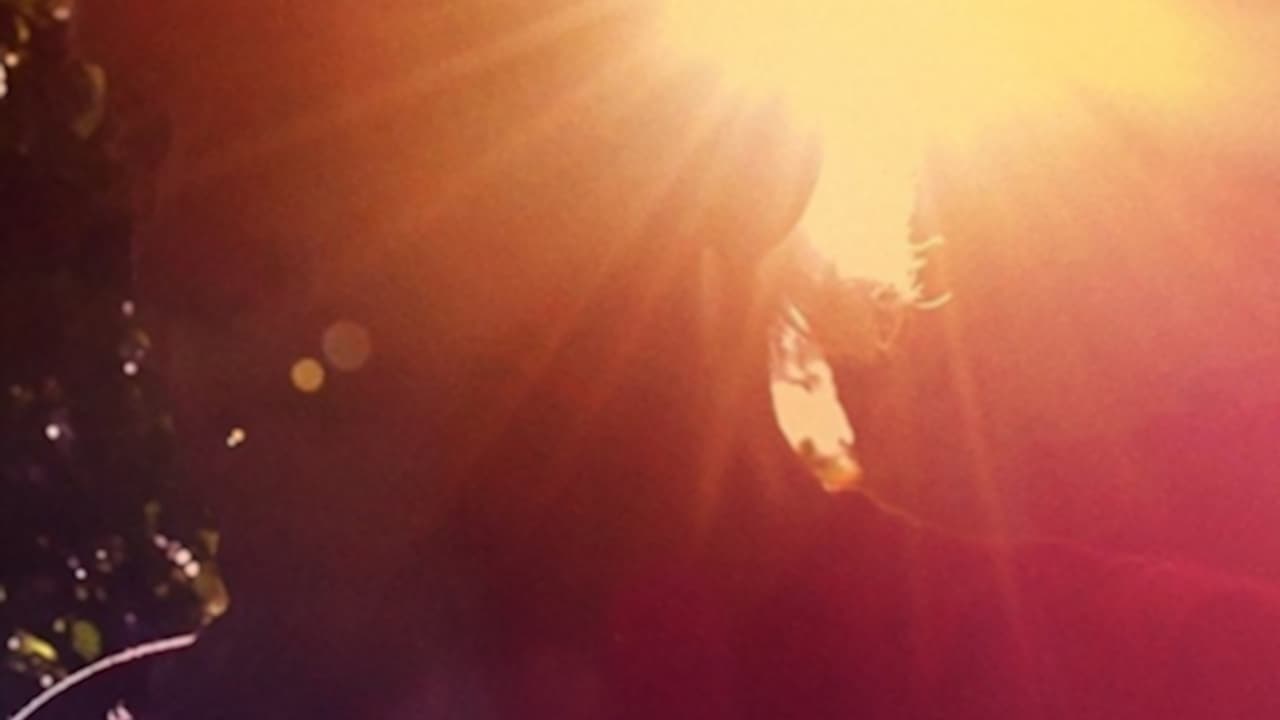
Ram Dass is one of the most important cultural figures from the 1960s and 70s. A pyschedelic pioneer, author of Be Here Now, beloved spiritual teacher, and outspoken advocate for death-and-dying awareness, Ram Dass is now himself approaching the end of life. Since suffering a life-changing stroke twenty years ago, he has been living at his home on Maui and deepening his spiritual practice — which is centered on love and his idea of merging with his surroundings and all living things. Shot in a nuanced cinematic style, the film is an intimate summary of his life learning and awareness, and is ultimately a poetic meditation on life, death, and the soul’s journey home.

Himself

22 Sep 2025

No overview found
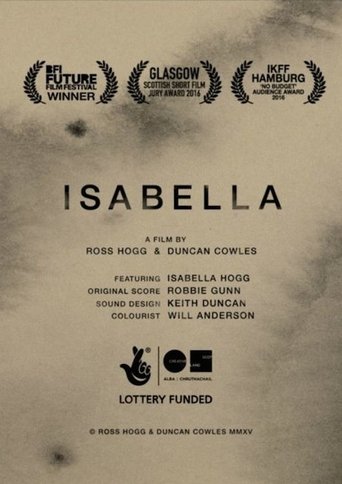
01 Jan 2015

This film aims to capture the stories of the aging Isabella, but also captures her condition and loss of cohesiveness as she loses herself into dementia and Parkinson's. It is also a very personal film since the subject is the grandmother of one of the co- directors. The idea is interesting as it links one strong clear memory, told several times, to other fragments and truths of her condition. Animation is sparingly but cleverly used to complement the delivery and avoid it just being a talking head.
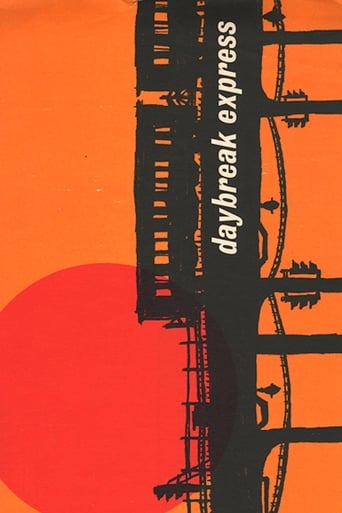
01 Jan 1953

Set to a classic Duke Ellington recording "Daybreak Express", this is a five-minute short of the soon-to-be-demolished Third Avenue elevated subway station in New York City.
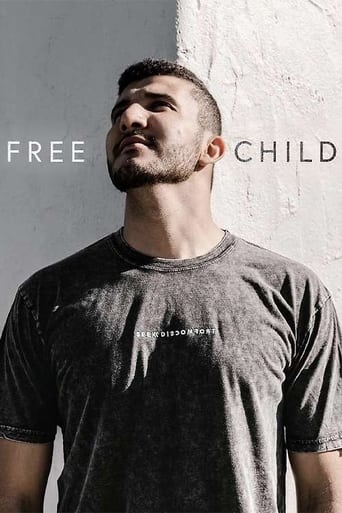
28 Sep 2020

From leaving Egypt 10 years ago, to almost dying a month ago in a car accident. This film is about the journey in between and the massive role the internet played in the life of prominent Youtuber and Yes Theory co-founder Ammar Kandil.
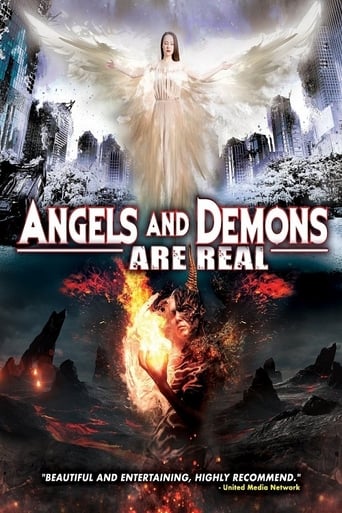
01 May 2017

It seems that in recent years Angel sightings and experiences are everywhere. Perhaps this is because the world is more and more complicated and people are feeling exhausted from keeping up when time is moving too fast and they are endlessly distracted by technology which leaves them spiritually empty. Many people believe that Angels and Demons exist and are active in our world today. With demonic possessions on the rise and a world in chaos, it makes sense to those who have experienced and witnessed encounters with the divine that Angels exist and can help us cope with our everyday lives.
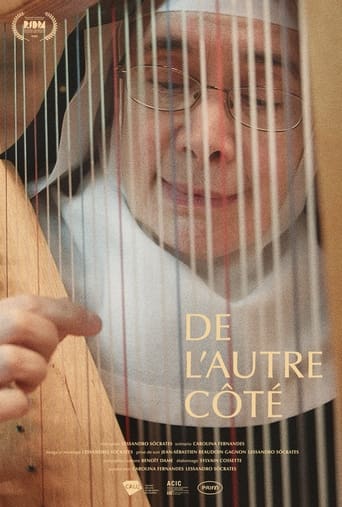
22 Nov 2022

The oldest Quebecois Benedictine convent open its gates to a documentary filmmaker for the first time. Observed up close, life behind its walls is busier than one would expect. About twenty cloistered nuns, most of them over 70, share their daily life with diligence and humor. A contemplative portrait of a community of sisterhood and solidarity emerges, punctuated by prayer, work and games evenings.

31 Dec 2021

Elena, a Tsotsil Mayan woman from San Andrés Larráinzar, Chiapas, is appointed Municipal Trustee by a purely male community assembly.
09 Jan 2017
A short film about the changing face of London Soho and the implications of gentrification on Mimi, an aging transvestite.
27 Apr 1919
"All sounds travel in waves much the same as ripples in water." Educational film produced by Bray Studios New York, which was the dominant animation studio based in the United States in the years surrounding World War I.
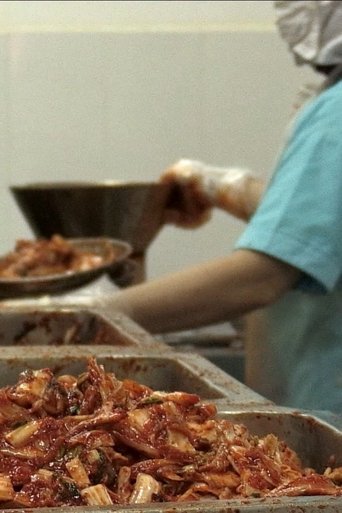
04 Nov 2016

The sights and sounds of a kimchi factory in Vietnam.
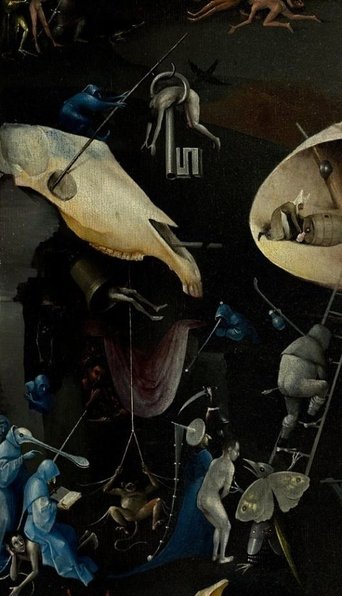
25 May 2009

No overview found
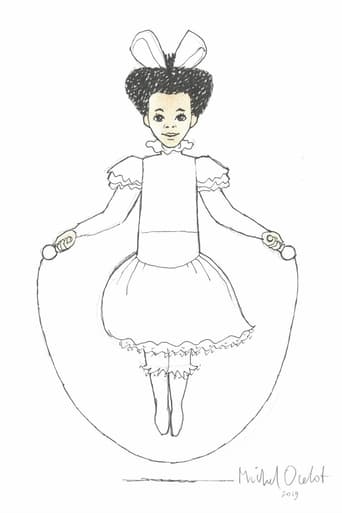
09 Jun 2021

No overview found

01 Jan 1965

Two old men enter an abandoned synagogue, look at the decay around them, and pray.

01 Jan 1986

Two rabbis show the ruins of an abandoned synagogue to a group of primary school-age Jewish children, and stand by as the children dip bread in honey, drink wine, pray, and sing.
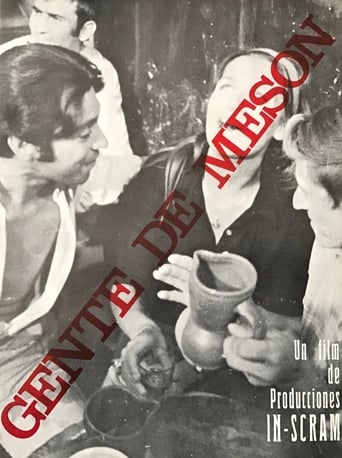
25 May 1969

No overview found
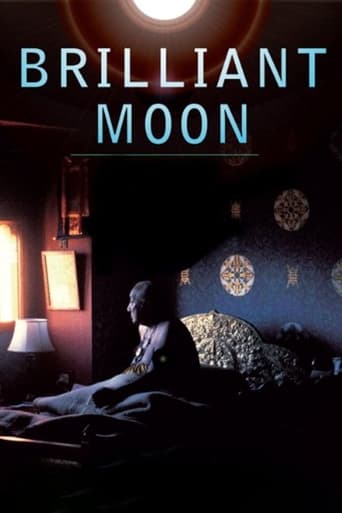
01 Jan 2010

Brilliant Moon chronicles the life of the writer, poet, and meditation master Khyentse Rinpoche, one of Tibet's most revered 20th-century Buddhist teachers. Spiritual guide to His Holiness the Dalai Lama and the Royal Family of Bhutan, his life and teachings were an inspiration to all who encountered him. Richard Gere and Lou Reed provide the narration for his dangerous journey out of China, the subsequent spread of his influence and the search for his reincarnation after his death.
01 Jan 1954
A tribute not so much to the river that runs through the Eternal City, but to that part of Rome that very often remains invisible to the eyes of tourists-the suburbs, with their streets and rituals.
01 Jan 1961
No overview found
09 Aug 2019
No overview found
31 Dec 1965
Young men are faced with a medical commission for army recruits and asked to choose where they want to get to, at least theoretically.